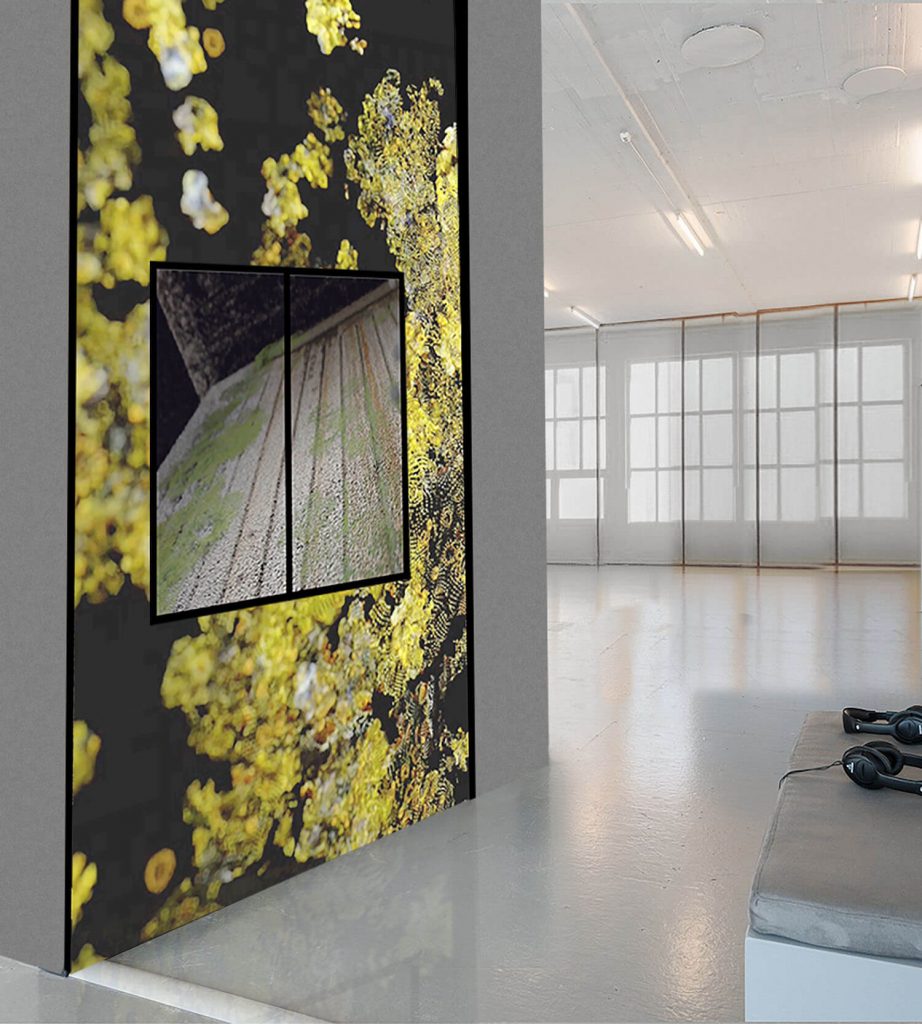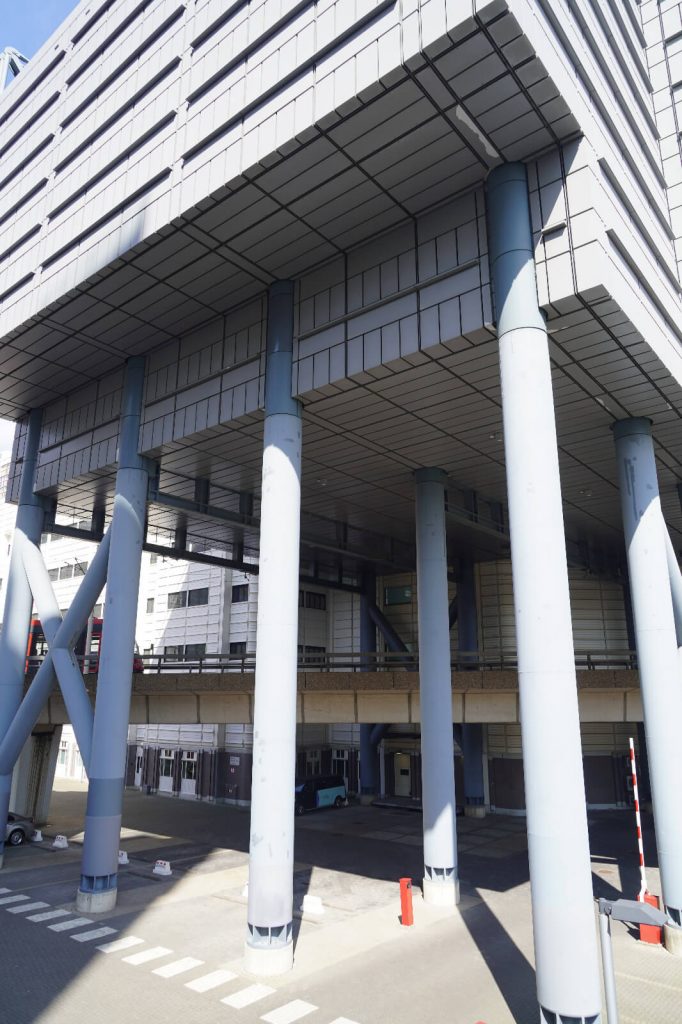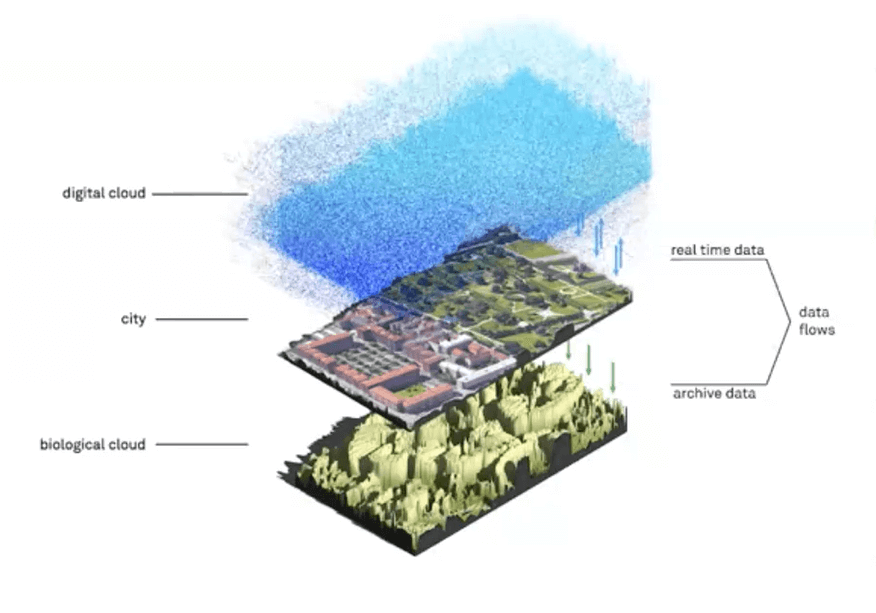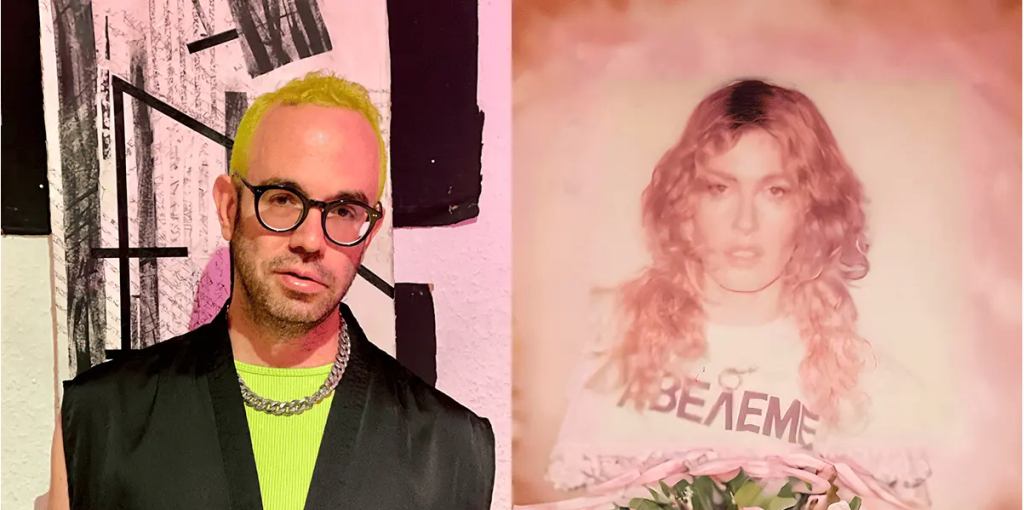Ways of Seeing – Repairing the Present
by Lija & Rodolfo Groenewoud – van Vliet
»Repairing the Present« brings an artistic perspective to the innovation process and addresses the challenges of today’s society. To explore in which directions the work can be accelerated, we need different ways of seeing.
This approach is inspired by the following quote:
“We never just look at one thing: we are always looking at the relations between things and ourselves”
– John Berger, Ways of Seeing 1972
By translating Ways of Seeing into an approach, we create the setting to elaborate on the artistic outcome and explore the innovation spillovers a residency project might lead to. The projects are works-in-progress towards understanding a certain challenge, and the in-between insights or results could lead to new artistic innovation, social innovation, ecological innovation, political agenda setting, process-, product-, or business model innovation.
We believe in having experiments, integrating art, science and technology, to direct responsible innovation because the projects follow an alternative method of experimenting and embed an ethical framework. It provides possibilities for radical innovations, overarching the short-term mindsets of incremental innovation. The residency projects reply to the challenge by providing directions and questions that are positioned and supported with visual (or sensible) experiments and prototypes (often enabled by technological tools). In Ways of Seeing, we don’t give a project description, but the interpretation In4Art formulates based on the collaborations in the S+T+ARTS residency projects.
For this article, we analyse the two S+T+ARTS residency projects that have been conducted by Penelope Cain and Grow Your Own Cloud at Witteveen+Bos and In4Art, supported by the municipality of The Hague. Both started with the challenge: How might we Reimagine City Nature in The Hague. We will first tap into Penelope Cain’s research, which resulted in the direction of Repairing with Lichen and the artistic outcome: One and the Care of Many. Secondly, we will follow the same structure to analyse the Urban Data Forest as an outcome of the work by Grow Your Own Cloud. The structure we follow is: we start with a statement, followed by a challenge and leading to different ways of seeing. Both projects are supported with a video process description by the artist.
Are you interested in this Ways of Seeing approach of analysing the S+T+ARTS residencies? Join us during the Ways of Seeing Seminar opening weekend of the :RETOOL exhibition on November 19th 2022, at ZKM.
Statement 1: Micro rewilding with Lichen is a promising strategy to develop resilient cities

How might we learn to live with nature in our cities? Where can we find ways to collaborate with nature in the development of prosperous future cities? Australian artist Penelope Cain responded to these questions with a vision to explore the idea of micro-rewilding cities with lichen.

Why do we need to learn to live and collaborate with nature in cities in the first place? Over the course of recent history, cities have evolved from relative uncluttered, uncomplicated towns of varying sizes to a non-ending list of larger-than-large cities inhabited by millions within their metropolitan areas. These cities have been built in a response to the growing need for spaces to live, to work, to leisure within city boundaries, trading nature for concrete in the process. This makes cities vulnerable in many ways; weakening climate change adaptation preparedness, losing life enabling biodiversity or estranging inhabitants from their natural environments. In the project Repairing with Lichen, Penelope Cain set out to identify the least natural place of the city of The Hague. That place which can be considered furthest from nature. Engineers from W+B and Penelope sat down to analyse the data available on patterns of unnaturalness. What they found was that many places in the city have pushed out nature largely, with one location having become a real concrete jungle. A place with no green, no soil, no sunlight, nothing that reminds us of the natural world. It is a place full of concrete, bricks and asphalt, and it is grey. The least natural place in the city of The Hague.
Image Courtesy of Penelope Cain
How could a place like this become a place of human nature collaboration? Repairing with Lichen explores the idea of controlled loss of control over the own living environment through micro rewilding. When the people of The Hague were asked what they find most important for their future city in 2022, they indicated that more space for green and nature within walking distance of their homes was number one for them (87% strongly agree). Rewilding is a strategy we know from forestry (leaving dead trees lying because they are a place to live and feed for other species), but it has not yet been translated into the city. The idea of micro is to grant people agency to increase and shape nature in their own direct environment, thus within walking distance of their homes.
The idea of introducing nature once more into the least natural places of the city combined with micro rewilding as a strategy for human agency to increase nature in their own environment come together in the beautiful species Lichen. Lichen, also called the coral of the land, is a symbiosis between algae and fungi. There are thousands of varieties, and because they don’t have roots, they can grow on anything; tree trunks, pavements or building facades. They are small, grow slow, are resilient, enrich biodiversity and are aesthetically beautiful. But not only that, they also clean the air and, through changing colour or shape, give detailed feedback on air pollution. To better understand this species and what it is capable of, Penelope Cain collaborated with scientists and engineers from the high-performance computing centre Stuttgart – HLRS – to get inside lichen. Microscopical images were translated into 3D VR models, which, for the first time, allowed for exploring the inside of lichen. A magical world of symbiotic processes unfolds, which can inform science in many ways to learn more about this species.
The first tool that is being developed to allow for micro rewilding in far from nature parts of cities, in particular the city of The Hague, is a growth tile. This tile, which can be added to facades and supporting structures, invites algae and fungi to merge and create lichen. These invitation tiles are meant to give the 87% of the population who wants more space for nature in their immediate living environment a first tool in what will become a toolbox of citizen-initiated rewilding of the city.
The S+T+ARTS Residency project will end soon, with the exhibition in Rome, but the project has only just started. The exhibition will show the art and innovation outcomes of the residency, finding the least natural city places, exploring the inside of lichen, and showcasing the first prototypes of the lichen rewilding growth tiles. But we are not done until we have demonstrated micro rewilding with lichen as a strategy for resilient city development.
The project will be shown during the second chapter of the S+T+ARTS exhibition triptych Repairing the Present :REWORLD :REWILD :RETOOL at MAXXI Museum in Rome from October 14th until November 13th 2022.
Statement 2: Trees can be the living archives of collective memories, offering people a place to root
How might we learn to live with nature in our cities? Where can we find ways to collaborate with nature in the development of prosperous future cities? Artist duo Grow Your Own Cloud (GYOC) responded to these questions with a vision to explore the idea of data storage within the DNA of trees within the city, creating a biological cloud facility. A vision which appealed to the initiators of this S+T+ARTS residency, engineering company Witteveen+Bos and the institute for art-driven innovation In4Art, and to the group of local experts we had gathered to contribute with their minds, ideas, networks and resources in supporting this quest.

DNA-based data storage will change the relationship we have with data completely. And although it sounds rather futuristic, it is really not that far into the future. Scientists and artists are already managing to transfer small amounts of data (a song, for instance) into synthetic DNA code and retrieve it afterwards. In the project Urban Data Forest, we set out to explore ways in which human-data relationships could change and imagine what that means for the ways we live with nature in a city once we reach the point where large amounts of data can be stored in living organisms, like trees in a street or a city park. Through research, scenario development and workshops, GYOC led a process of imagining futures where urban forest could act as Breathing Museums where art collections and digital archives are stored and accessible for long future generations. Looking at how little of the art from the renaissance we managed to preserve, the idea of finding ways to store our creative human footprints for hundreds, if not thousands, of years is appealing. And what about personal data; family trees and data traces could become long-time living evidences of existence. Like living archives of collective memories.
Data flows ©Grow Your Own Cloud
To explore what these futures could mean, we should approach data not solely as a technological or statistical concept but as a social construct that influences and shapes human relations. Merging the digital with the physical in a future where trees on the street or in parks hold access to our creations, our identities, and our family histories has profound implications for the bonding of people with their urban data forests. It is a way to become connected to ones living environment, a way to root. Rooting in a place is something which we have unlearned in the age of globalization, frequent flying and connectivity.
The Dutch city of The Hague was the pilot city for this project. It is a city in transition, a city which is currently actively thinking about its longer-term future. The city has identified six ambitions for the way the city should develop in the decades ahead. These ambitions include notions of inclusivity, accessibility, nature inclusivity, vitality, safety and health. Citizen rooting can be a strong thread empowering all of them.
The S+T+ARTS Residency project will end soon, with the exhibition in Karlsruhe, but the path to a future with Urban Data Forests has only just started. The exhibition will show the art and innovation outcomes of the residency, breathing museums, and living archives as futures as scenarios for a future to aspire to and a strategy to develop citizen rooting and explore future jobs of data harvesters.
The project will be shown during the third chapter of the S+T+ARTS exhibition triptych Repairing the Present :REWORLD :REWILD :RETOOL at ZKM | Center for Art and Media in Karlsruhe, Germany from November 18th until December 18th 2022.

